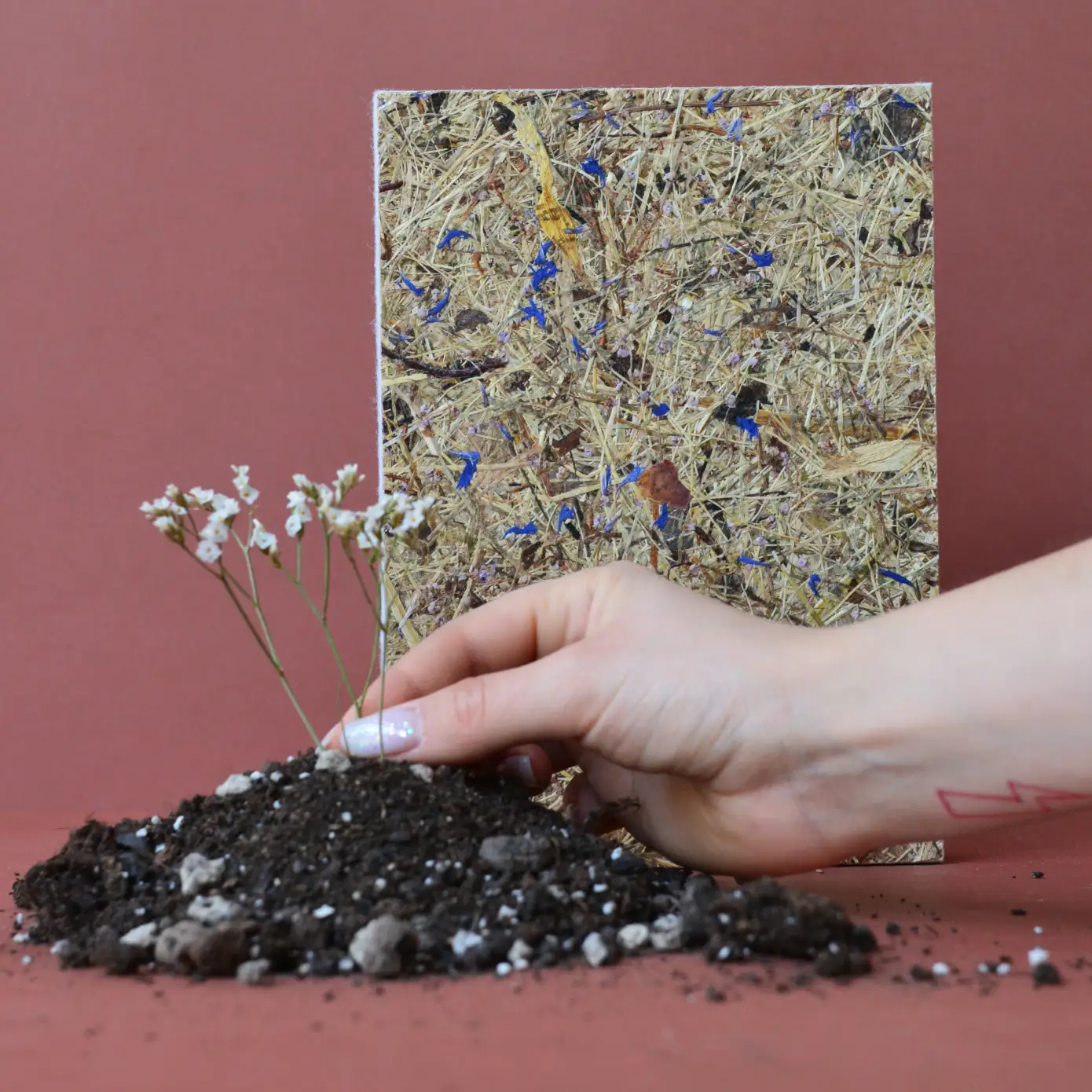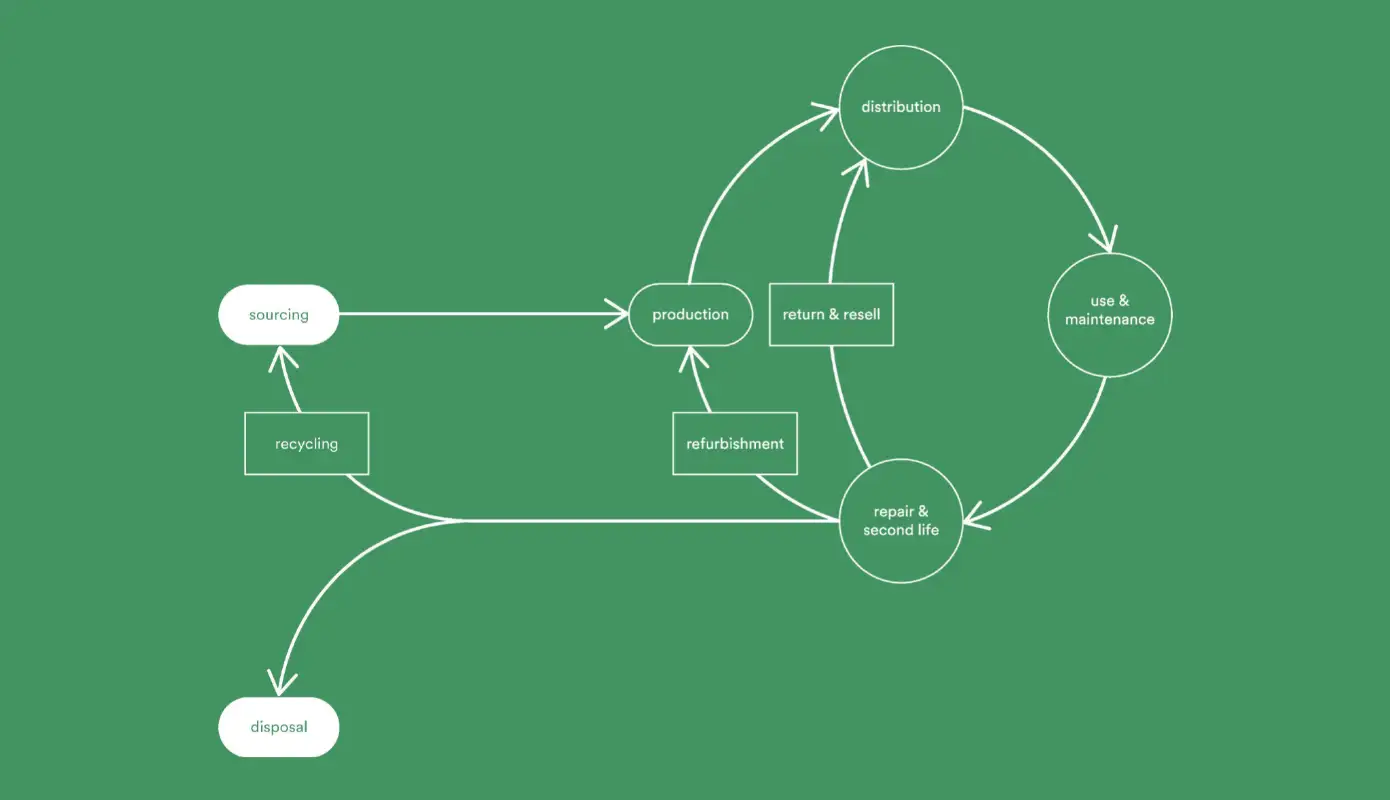Sustainability
The impact of circular economics on product design
How do we move from a linear model (produce - use - throw away), to a circular model in which nothing is wasted and resources are reused to the maximum in a closed loop?

Designers facing the challenges of overproduction and overconsumption.
Designers around the world are increasingly beginning to take seriously the issues of the climate crisis, including the problems of overproduction and overconsumption, which particularly affect design through a close relationship with the creation of new objects and their production. Sustainable design in line with the growing need has become a necessity, but it should also be a common practice.
The concepts of sustainability and circular design are ways of thinking that naturally transcend the field of design, like design itself, which never functions in isolation from business, economic, social or environmental considerations. Circular design is looking at a product through the lens of its entire “life” cycle. It integrates issues of sourcing raw materials and materials, how it is manufactured and assembled, how it is packaged, and finally how it is used, but importantly, also how products that can no longer be used are updated, refreshed, repaired and recycled.
New and old consumer habits
On the one hand, a significant transformation of consumer habits and attitudes that have been entrenched by economic growth and capitalism since the 1950s is evident, while on the other hand, we are seeing a return to practices that are well known in Poland, such as zero waste cuisine performed by our ancestors, repairing appliances and clothes, and passing furniture from generation to generation. Circular design in such a social perspective also means redefining the concept of ownership in favor of owning as one needs and rotating products, including sharing and lending. New ways of accessing products are emerging, no longer just through a conventional one-time purchase, but also through renting, leasing or subscription (which may differ among themselves, being of a different nature). This is a significant change for end users, which should be kept in mind as it touches on sensitive aspects of a sense of security and financial stability, which are directly linked to the condition of economies and societies that vary from country to country (and therefore from market to market).

Examples of circular economy influences on product design
The basic tenets of circular economics include: maximizing the use of resources and raw materials by reusing them again and again, such as in the manufacturing process. Waste generated by one activity becomes a resource for another. The transition from a linear model (produce - use - throw away), to a circular model in which nothing is wasted and resources are maximally reused in a closed loop. The main goal of the circular economy is to reduce the consumption of natural resources, emissions and waste.
Świetnym przykładem takiego rozwiązania jest mobilna, modularna kuchnia Wise Kitchen, która spełnia założenia modelu cyrkularnego w każdym aspekcie. Zaprojektowana przez Karolinę Ferenc i Ryszarda Rychlickiego z zespołu projektowego Wise Habit jest flagowym, nagrodzonym znakiem IF Design Award 2024 produktem, dostępnym zarówno w sklepie internetowym jak i stacjonarnie w Concept Store na Żelaznej.
A great example of this is the mobile, modular Wise Kitchen, which fulfils the principles of the circular model in every aspect. Designed by Karolina Ferenc and Ryszard Rychlicki of the Wise Habit design team, it is the flagship product, awarder with IF Design Award 2024, available both online and stationary in the Concept Store on Zelazna Street.
Examples of products using circular economy solutions
More and more products are being created based on the principles of circular economy, and this applies to items in various product categories; furniture, electronics and more. From the consumer electronics category, one example is the Fairphone smartphone, which is built from ethically sourced materials (which is extremely difficult to achieve in electronics, due to the mining of metals, including gold in Asia and Africa), is fully repairable for the user thanks to its modular design and replacement parts provided by the manufacturer. Another example, also from the consumer electronics segment, could be the CradleToCradle-certified Beosound Level speaker from Bang&Olufsen, which not only uses recycled materials or parts refurbished from other products, but is also fully repairable, and provides options for refreshing, including visually and upgrading when certain components are replaced with newer versions.
Yet another example is the Kibu headphones designed in collaboration with the great design agency Morrama (which in turn is a certified B-Corp), these are children's headphones (adult headphones are also in the plan) designed using 100% recycled PLA, a design simplified so that children can assemble such headphones themselves, with minimized electronic components and, most interestingly, using the world's first recyclable PCBs to recover valuable materials.
